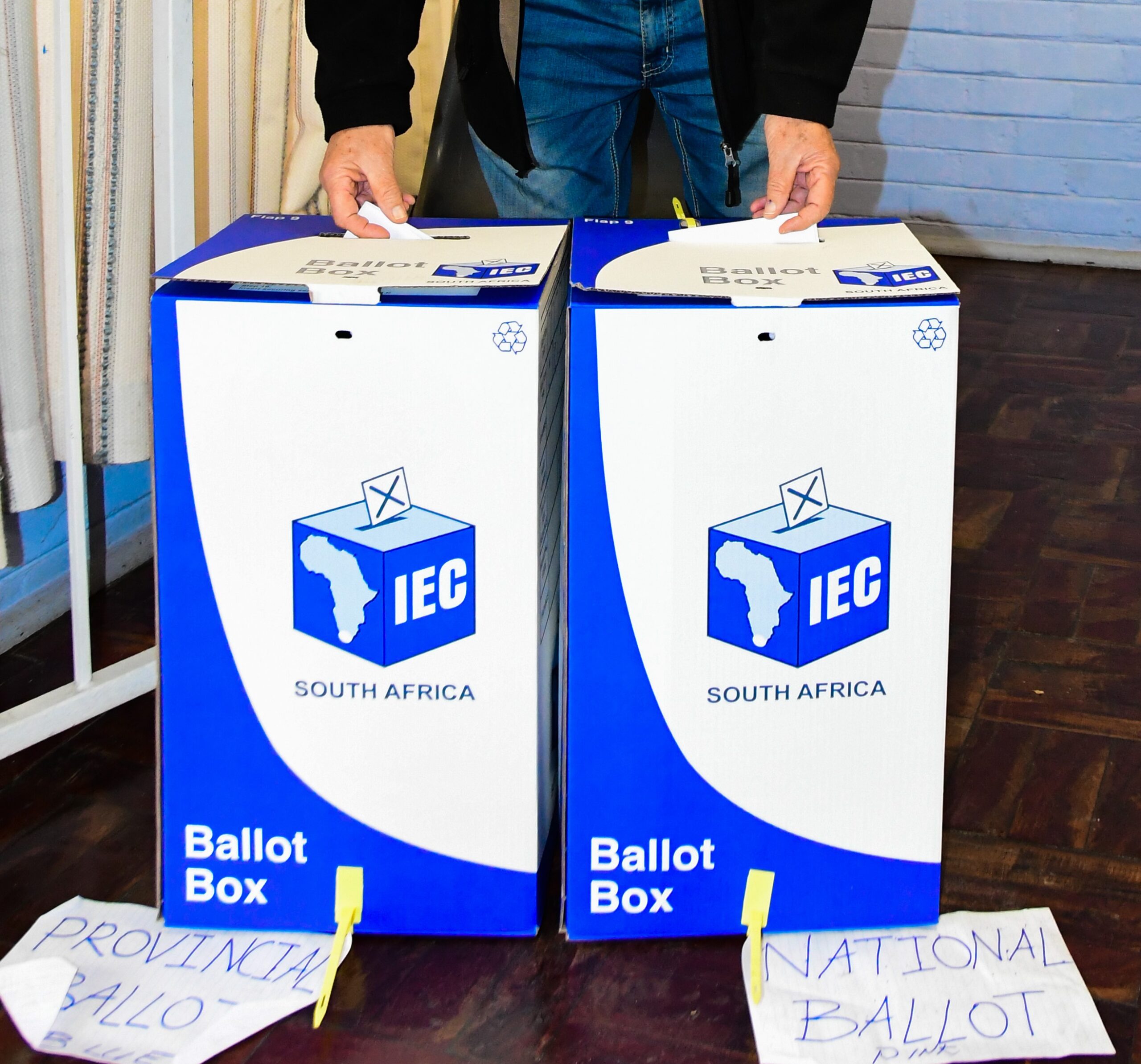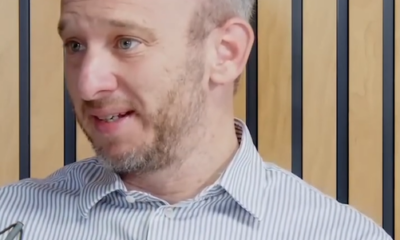
Featured Item

ANC rout ends at rural firewall, says expert
The African National Congress (ANC) is likely to get between 46% and 52% of the vote, with the Democratic Alliance (DA) remaining the official opposition although losing some ground. The Economic Freedom Fighters (EFF) will remain the third largest party, but won’t do as well as people expect. The Mkhonto weSizwe (MK) party will cause a shock in KwaZulu-Natal, and end up fourth. The Inkatha Freedom Party (IFP) will grow, but fall behind MK.
This was local political analyst Wayne Sussman’s prediction for the upcoming elections in May when he spoke at Taste of Limmud in Johannesburg on 16 April.
He also shared seven options for the ANC’s hierarchy of collation parties, the first being a “less is more” combination with the African Independent Congress, Al Jama-ah, Good, and National Freedom Party (NFP); the sixth being the ANC adopting a “from heartache to makeup” approach by partnering with Jacob Zuma and Ace Magashule’s African Congress for Transformation. The last option involved the ANC considering working with the Multi-Party Charter should it defy the odds and succeed at the polls.

He said, however, that Zuma’s MK could contribute to the ANC losing half of its support in KwaZulu-Natal in the upcoming general election.
Although the ANC has declined by 4% in every national election since 2009, and goes into this election without “Ramaphoria”, the party is boosted by its “rural firewall” in Limpopo and Mangaung, a supporter base which is nowhere close to being penetrated, and the party’s phenomenal by-election results in the platinum belt of the North West since the 2021 local government elections, Sussman said.
He said key to the 2024 national election is Mangaung, South Africa’s eighth most populous metro, where, in 2021, the ANC got 12 000 votes more than in its stronghold in Thohoyandou, Limpopo. “What am I trying to tell you? There are large, rural, swathes of this country, which we in our beautiful urban bubble don’t pay attention to, that are going to have a significant impact on the outcome of this election.
“One poll I was involved in had the ANC at 41%. I know the methodology is sound, but I just don’t think we can rule out the ANC when you see this rural firewall.”
In addition, he cited the ANC’s support in the platinum belt in North West. “This is called the Bojanala District. Forty-six percent of North West voters are there. This includes Sun City, Pilanesberg, Rustenburg – tons of North West voters. This district, the Eastern Cape, and Limpopo is a quarter of the voters in this election. This is going to be significant.”
Only three of the 14 parties contesting this election have different leaders compared to the last election, Sussman said. The IFP and NFP leaders passed away, while “the DA was the only party where the leader had to fall on his sword. This creates a precedent. If the DA loses ground, will Steenhuisen have to fall on his sword?”
In the 2019 national election, the breakout winner was the EFF, which jumped from 6% to 11%. “How did it do this? It did it in a province called KwaZulu-Natal, where 20% of our voters are.”
“In 1994 and 1999, the ANC tried to be a party for all South Africans – diversity, urban, rich, business, etc. The DA tried that in 2016, as well in the recent local government election. We start seeing parties which are unapologetic about who they represent starting to do well in elections. That’s the IFP and the Freedom Front Plus [FF+].”
In the 2021 local government election, the ANC and DA also lost a lot of ground, the latter being affected by ActionSA trying to appeal to numerous South African groups, the FF+ trying to appeal to white Afrikaners, and the Patriotic Alliance (PA) trying to appeal to coloured South Africans.
“Almost 24% of registered voters are in Gauteng. What happens here has a big effect on the entire country in the upcoming elections. When I analysed all the voting districts, where more than 95% of the people are black voters, the ANC has fallen in those areas from 59% to 29%. The ANC as a tough task to pull back voters it has lost. This should worry them greatly.”
This explains why Ramaphosa “is spending so much time in Gauteng. He’s greatly concerned that places like Soweto are not as loyal as they once were to the ANC,” Sussman said.
He also believes Ramaphosa should be concerned by the “chaos in the KwaZulu-Natal electoral kraal”.
MK has done phenomenally well in the three by-elections it has contested in KwaZulu-Natal. “The ANC and the IFP have years of experience, years of passion, years of connecting with voters there, and this new kid on the block comes and gets more than 20%. This is significant.
“If MK gets 25% of KwaZulu-Natal – one in five voters there – that means it gets 5% of the national vote. This shows you why KwaZulu-Natal is so important.
“You can criticise Zuma all you want. His one big gift at the ANC was southern KwaZulu-Natal. I’m speaking about places like Port Shepstone, Margate, the southern area from Durban all the way to the Eastern Cape. When you look at the election returns there, in 2009 and 2014, it’s as good as the rural parts of the Eastern Cape. Zuma gave the ANC a big gift here.”
In the Western Cape, 63% of the province’s voters are in the city of Cape Town. “We don’t know yet how strong the DA’s blue wall is based on places like Mitchells Plain, Athlone, Tafelsig, and Hanover Park. If the DA falls below 50%, Alan Winde will still probably return as premier, with the FF+, ACDP, or ActionSA.”
The PA has made deep inroads in the Western Cape. This trend extends to other areas of the country with sizeable coloured populations.










